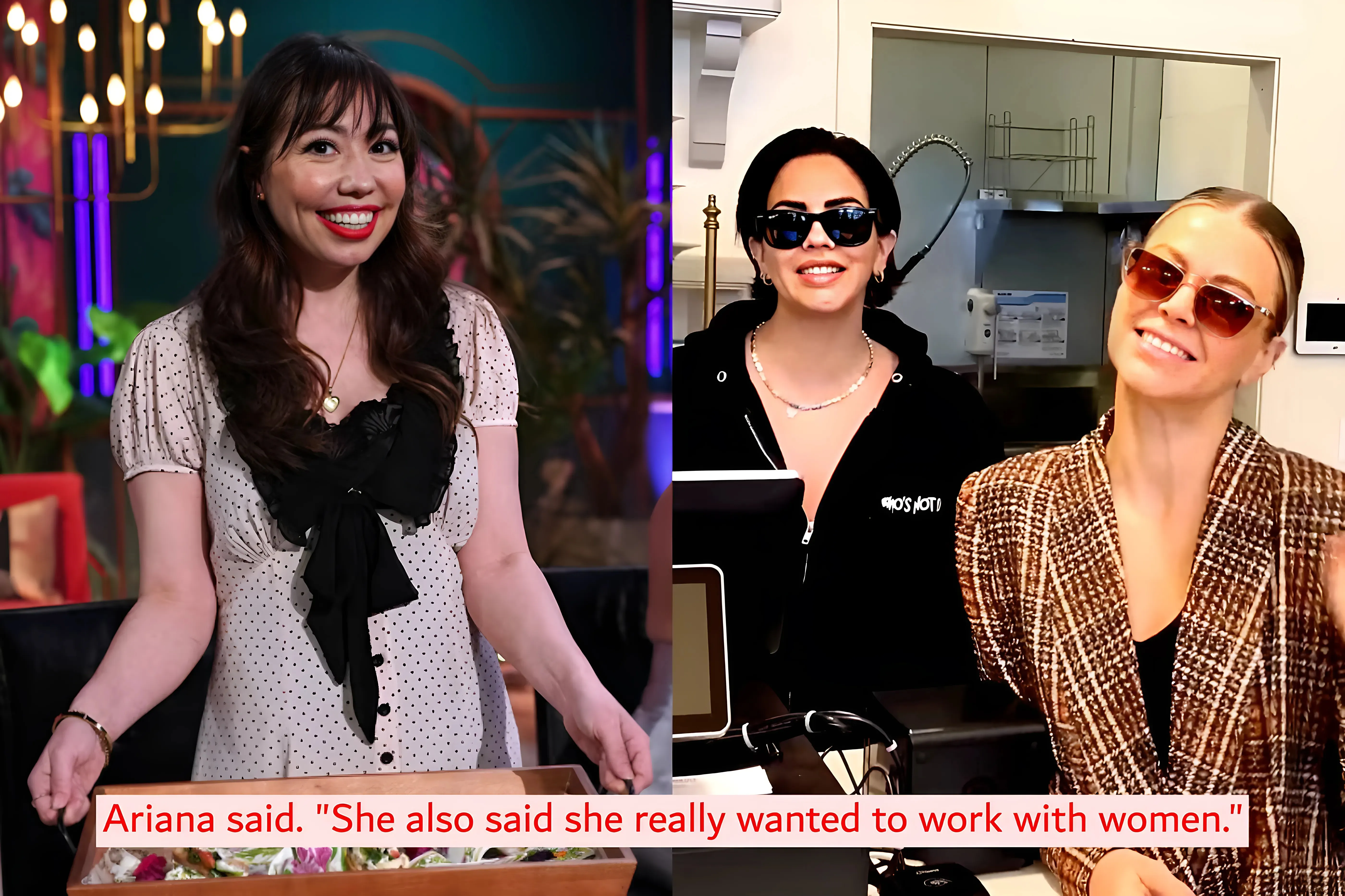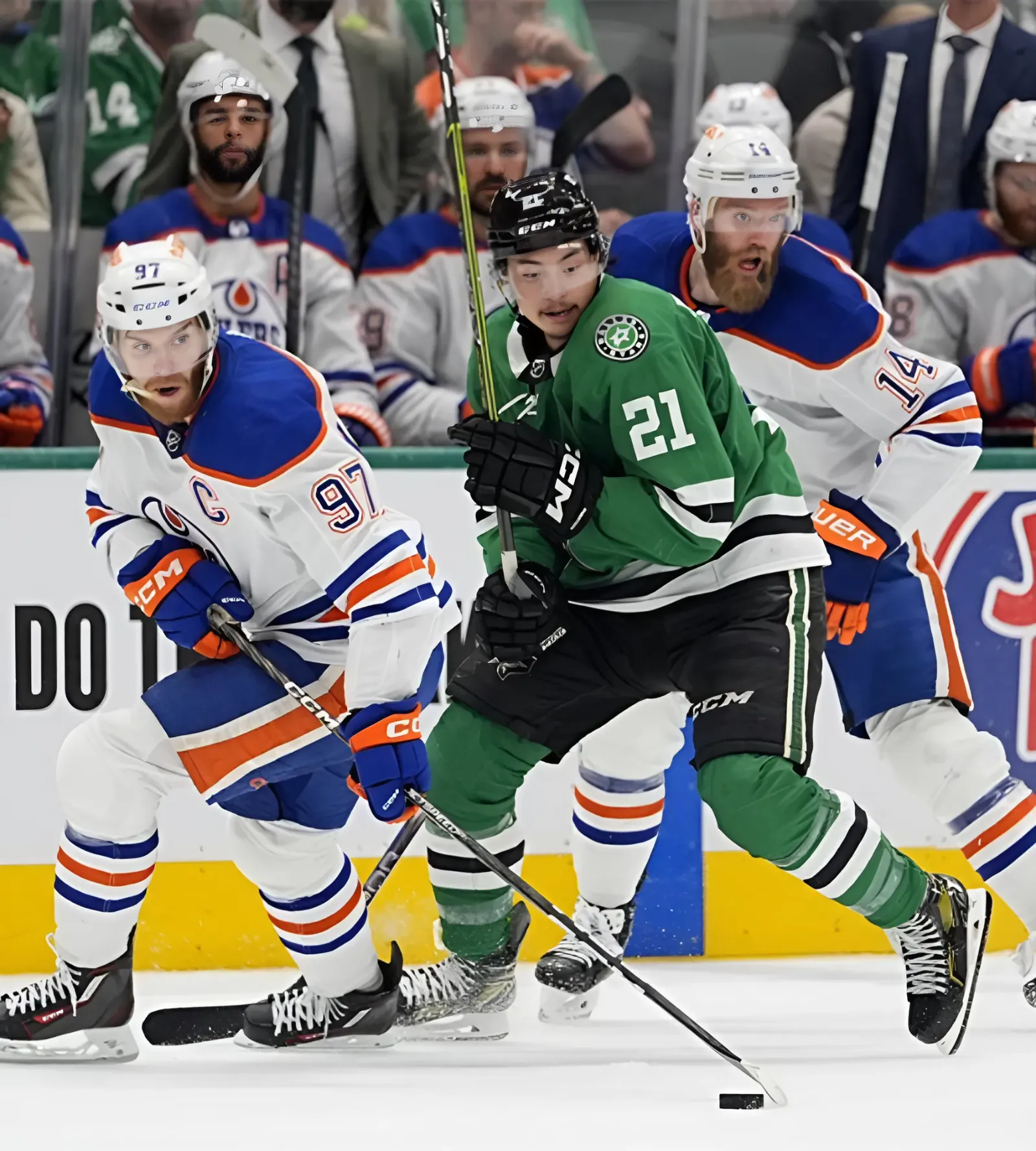Take a trip to the fridge, check your texts, blink. Any of the above, and you run the risk of missing a move from GM Patrik Allvin and Co. in this, the hottest of hot NHL summers.

Around 24 hours ago, we wrote a piece updating the Vancouver Canucks’ salary cap outlook following the trade of a slightly-retained Ilya Mikheyev to Chicago.
Within a few hours of being published, the article was out of date.
First came the signing of Dakota Joshua to a four-year, $3.25 million AAV extension. Then, before the ink was even dry on that contract, it was Tyler Myers’ turn to renew for three years at an AAV of $3 million.
Prior to those signings, we told you:
“Add together the $38,300,000 for 10 forwards, the $22,400,000 for five defenders (and one injured one), the $5,000,000 for Demko, and the $3,059,167 in dead cap, and you wind up with a total of $68,759,167 representing 16 active players (and one injured one.)
With the 2024/25 cap ceiling officially set at $88,000,000, that leaves the Canucks with approximately $19,240,833 in spending space left.
They’ve got to spend that $19 million-and-change on adding three forwards, three defenders, and a backup goalie (presumably Silovs) to the roster. They’ll be able to spend an average of about $2.75 million on those seven players.
And, if the Canucks need more space, they can gain an effective $2.5 million more of it, bringing their spending space up to about $21,750,833, by placing Poolman back on LTIR, where he spent all of the 2023/24 season. Exactly how much extra relief space they get from doing this depends on when and how Poolman goes on LTIR.”
Don’t worry, we didn’t write a whole new article for you to read just to update the math. That would be ridiculous.
But just in case you don’t want to do it yourself, Joshua and Myers combine to take up $6.25 million of that reported spending space, reducing it to either $12,990,833 (without Tucker Poolman on LTIR) or up to $15,490,833 (with Poolman on LTIR.)
At the same time, Joshua and Myers are pretty much guaranteed to make the cut come training camp in October, which means that two of those aforementioned necessary signings have been taken care of.
That leaves the Canucks with between $12,990,833 and $15,490,833 to spend on five additional players; filling out an active roster of 23 with two more forwards, two more defenders, and a backup goalie.
The question raised by these new number, however, is less about the filling out of the roster, and more about the quality with which said roster might be filled out. Or, put more plainly, can the Canucks still afford the sort of UFAs that many fans have their hearts set on – your Nikita Zadorovs, your Jake Guentzels, your Chris Tanevs – after having made significant commitments to Joshua and Myers?
Let’s try to figure it out.
$15.5 million or so is not exactly chump change. But when we’re swimming in the waters of the Free Agent Frenzy, millions can disappear in a flash.
The backup goalie spot is easiest to fill out. There was a bit of somewhat surprising speculation yesterday that the Canucks were interested in bringing back Casey Desmith or, if not him, another veteran backup, so as to allow Arturs Silovs to start more games in Abbotsford.
https://x.com/risingaction/status/1806385934255976683
We don’t yet know how much sand there is to this particular rumour. But either way, it doesn’t really impact our projections much.
Whether its Silovs, DeSmith, or some other UFA veteran, chances are pretty good that the Canucks’ backup goalie will clock in at a cap hit of approximately $1,000,000.
So let’s call it that for now and move on.
Fans certainly hope that one of the forwards added to the roster will be a big-ticket winger to ride shotgun with Elias Pettersson. The other forward added, however, could be seen as more of a Sam Lafferty replacement on the fourth line. Such a player can also be slotted in at a cap hit of between $1,000,000 and $1,500,000.
Those two signings out of the way, the Canucks could still have around $13,000,000 to play with. But how far can $13,000,000 really go these days?
Enough to buy some good, and maybe even great, players. But not enough to cover all the players the Canucks and their fans might want. Dreams of the Canucks landing that dream trio of Guentzel, Zadorov, and Tanev will have to be put aside for now, unless some more cap space suddenly opens up in the next 72 hours.
Let’s star with Guentzel as an example. Most pundits have him projected at a new salary somewhere in the neighbourhood of $9,000,000 per season. Were the Canucks to sign him to that, they’d be down to about $4,000,000 to sign two more defenders. At that rate, they almost certainly wouldn’t be high-quality blueliners, and then you’ve got Myers and Carson Soucy skating top-four minutes almost by default.
Not ideal.
The Canucks could perhaps do better to target multiple lesser, but still effective, pieces. That $13,000,000 could be split up, in rough terms, between a Tyler Toffoli, a Chris Tanev, and a Brenden Dillon at something like $4,333,333 each.
But that reads as perhaps a low estimate for those players, especially with the sort of bidding that can go down on July 1.
It may be that the best route ahead might be to target a high-profile forward, a high-profile defender, and then look to go bargain-hunting. Maybe that’s $5,000,000 each for a Teuvo Teravainen and a Nikita Zadorov, and then $3 million for a bit of a flyer like an Alexandre Carrier.
Or maybe it’s two big-name D, like a $6 million Matt Roy and a $4.5 million Dillon and then a longer shot at forward like an Anthony Duclair at somewhere around $3 million.
Until the offers actually start getting thrown around on Monday, there are just too many possibilities to really guess at which of these myriad paths the Canucks will take. All the names we mentioned and price-tags we suggested are just speculative placeholders, and even then they only scratch the surface of the potential outcomes that may come to pass over the next several days.
In the end, only three major conclusions can be drawn at this point:
A) The Canucks have up to about $15.5 million with which to sign five additional players.
B) That is plenty of money to sign all the players they need to fill out their roster.
But…
C) It’s not enough to sign everyone they (and their fans) want.
And so, tough decisions remain on the table for Allvin and Co. as they continue to cook.



